
Ukrainian "Klondike": "Amber People's Republic" thriving
Despite a year-old declaration by Ukraine officials that the illegal amber mining was about to be stopped, the "Amber People's Republic" is still thriving. The only thing that changed is the levy for such unlawful extraction.
Raising tariffs, squabbling of politicians, Ukraine’s victory at the Eurovision Song Contest and other top news have erased from the people’s memory a number of old but interesting stories. The public seems to have forgotten about the "amber fever," destroying the ecosystem of the Rivne, Volyn and Zhytomyr regions in Ukraine’s north. In the summer of 2015, President of Ukraine Petro Poroshenko demanded that the law enforcers put an end to "protection" of the illegal business, giving them two weeks to terminate all illegal activity in the area. At the same time, MPs have pledged to take the necessary laws to legalize the production of a “solar stone” in a civilized, less destructive manner.
But nothing has changed in almost a year.
The Ministry of Ecology as late as this week announced that a working group would be created on reform in the sphere of subsoil use. They say it has to work out a mechanism for simplified issuance of special permits (licenses) and the rules of conduct with the country’s mineral resources.
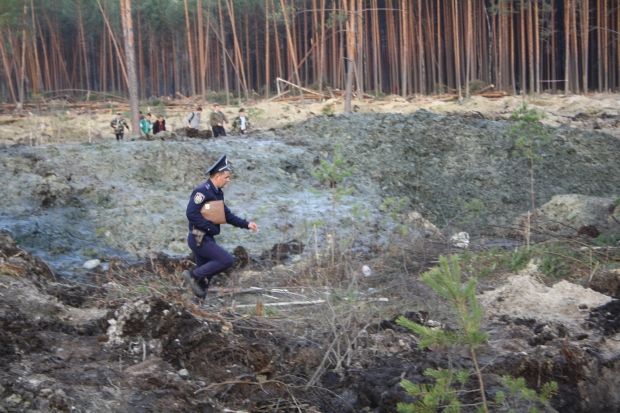
The Verkhovna Rada adopted a bill On the production and sale of amber in the first reading last year, but then there was a standstill. Today, it is only known that the bill was forwarded to Rada committees late December for an upgrade ahead of the second reading. Meanwhile, we’re soon to meet the summer, but no one is talking about tabling a bill for a vote in Parliament.
Read alsoSpecial regime may be introduced to combat illegal amber productionBut the excavation has never stopped. The black miners keep searching for a stone so dangerous to resell abroad. But everyone is still hoping to seal a successful smuggling deal.
"Excavation" continues
The mining is done in two ways, as before: digging amber out with shovels or washing it with motor pumps. In the latter case, this causes irreparable environmental damage. However, it is used most often, as it is usually necessary to dig 3 to 15 meters deep to get to the amber layer. So, a shovel is anything but efficient.
"Just overnight, one motor pump in a “rich” place allows extracting up to 15 kg of medium-size amber stone. A kilo costs from $350. Larger stones can sell for $7,000 a kilo," one of the local “diggers,” Ivan, has told UNIAN.
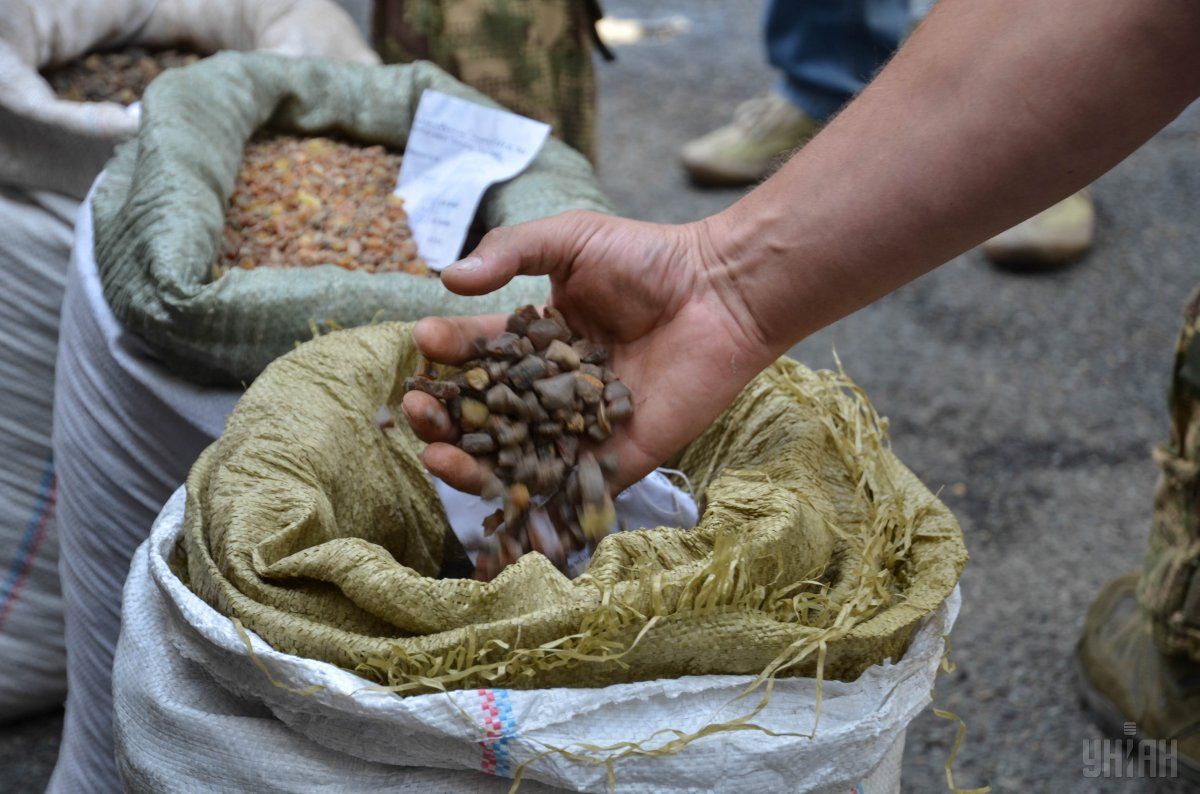
According to the man, if you are lucky, you can get a few kilos of amber in a good location overnight, earning between $800 and $10,000 depending on the size of a stone. Moreover, you can sell it all immediately, on the spot: amber traders are ready 24/7 to drive right to the mining fields upon a phone call. The "diggers" only need to know the right phone number or someone who knows this number, and also the approximate weight of extracted amber.
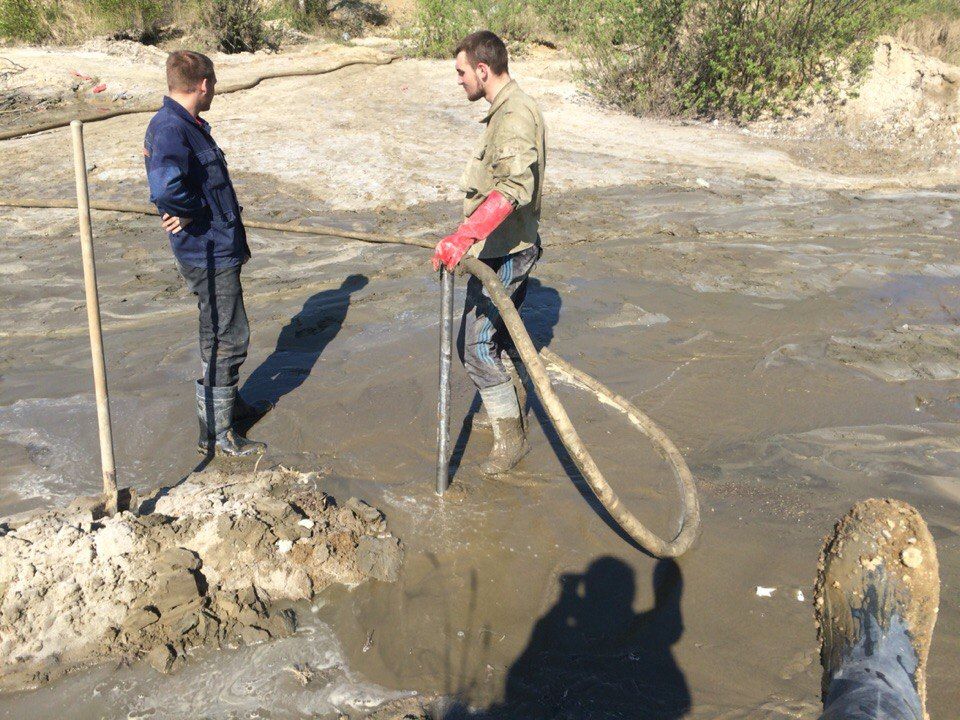
The rates are so volatile because there is a certain price for every fraction of amber. For example, a “sotka” [hundred] stone (as the diggers call it) ranges between $5,000 and $9,000 per kilogram. And if you're lucky to find a stone with an insect stuck in a resin millions of years ago, then it’s “cha ching”: the cost of one such little stone is tens of times higher than a regular amber stone. Not surprisingly, that locals share loads of legends of sudden wealth due to illegal extraction. But, at the same time, you can feel this envy deep within towards such "heroes."
"Some as young as 16 have mined enough to buy a Land Cruiser. One guy crashed his ride though, almost immediately, outside a local club,” said a man from Dubrovitsy in Rivne region, one of the centers of the illegal amber extraction.
Levy for illegal mining
Many of the average "diggers" have long hoped for the legalization of their trade. The locals realize that the "mining" mainly fills the pockets of corrupt officials, law enforcers and criminal bosses, but not their own. No one is even talking about filling state or local budgets...
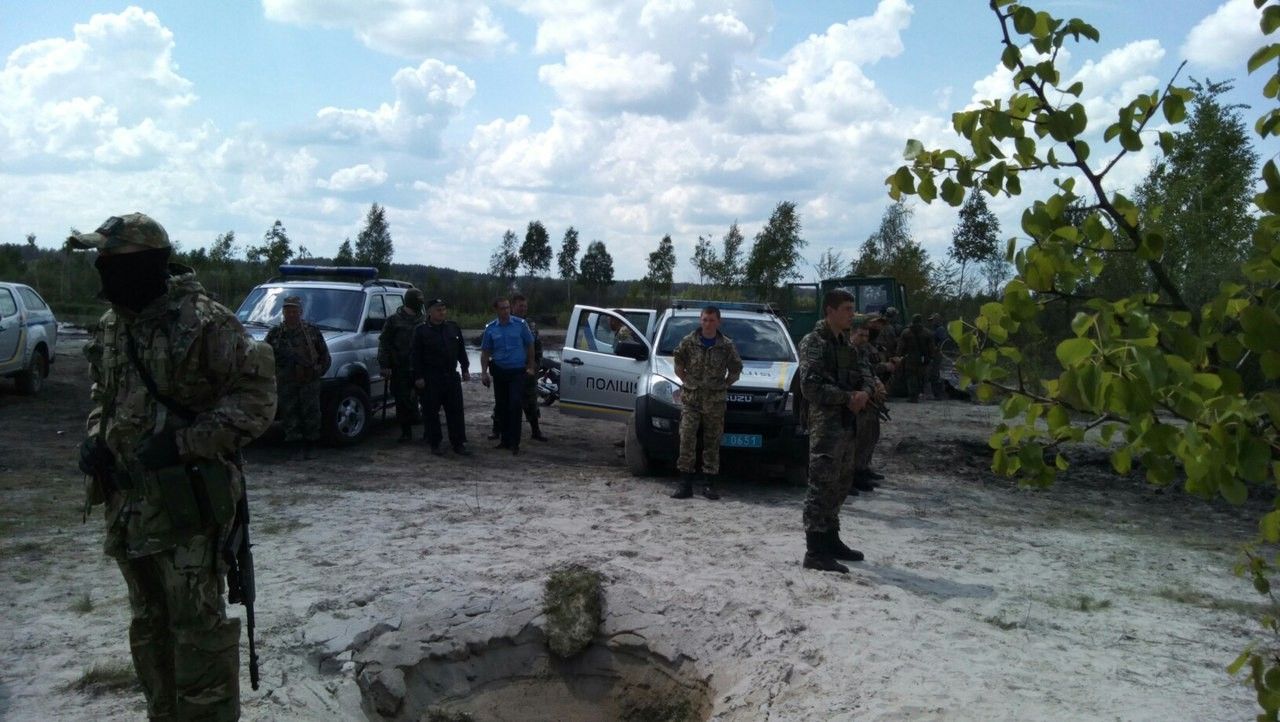
Indeed, only the chosen ones can get rich on amber. For the average “diggers,” it’s always a lottery. You can earn but you can also fail.
Given that there is a price tag for everything in a so-called "Amber Republic," to get a permit for the extraction (it should be stressed that it’s an illegal extraction), the digger has to pay "the right people" somewhere between $200 and $1,000 per day or (it’s more traditional now) per night. Prices depend on what the miner uses to mine amber and what area they choose.
Read alsoActivists show shocking images from sites of illegal amber extractionAlso, not to be afraid for their life, the illegal diggers pay local mafia a share of their earnings. According to one of the diggers, earlier it was 50/50. Today, the miners pay 70% for their “protection,” getting only the remaining 30% of earnings.
"But there are days when you do not find anything, but you still have to buy the ticket,” the diggers say.
Law enforcers have their share
The amber "business" has a strict structure, of which miners are afraid to speak. At the same time, they are well aware that those who issue the “permits” are also dependent.
"For example, there’s this guy, Tolia, who stands on the entry pass to the forest. He is nobody. He will let you in if Vova, who is a security chief, says so… And Vova will get instructions from above," say the miners.
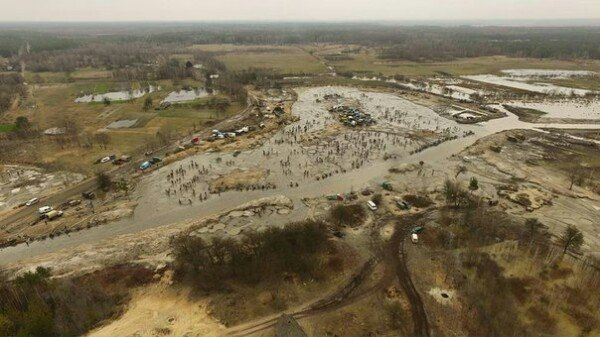
It would be naive to believe that the law enforcers know nothing about the continuing illegal mining. However, no one is able to stop the amber fever. According to local residents, part of police officers are afraid to conduct raids in the forest at night, because they know that they can be killed and quietly buried – they can just vanish. Another part is involved in illegal mining. For example, as the locals say, the position of an assistant police inspector in Rivne and Volyn regions costs about $10,000. And this is due to the fact that, firstly, that it’s the law enforcers who often set the "rates" for illegal mining in a designated area. Secondly, the law enforcers are carriers of valuable information, knowing exactly when the next raid is scheduled, which allows for illegal mining to continue seamlessly.
Read alsoJournalists probe Ukraine’s "Amber mafia"In addition, the miners themselves have created a community in VKontakte social network called "Klondike," sharing information on how much amber was mined, where, and by whom. There are the diggers’ faces on photos, as well as license plates of the vehicles that transport motor pumps, and also the mined stones and earnings. Indeed, why hide if the law enforcers get their “share," and the punishment for illegal miners ranging from a fine of up to UAH 6,000 to a probation term, does not scare off the diggers, because the sum that can be earned by selling amber definitely beats the risks.
Digging a grave with their own hands
Unfortunately, while many anticipate overripe legislative moves, the illegal amber mining is extremely harmful for the region and the people living there. According to the State Forestry, 3,500 hectares of forest have suffered as a result of illicit digging.
"A pumping method of amber extraction virtually destroys streams and rivers. The water in them becomes too saline and dirty, which is why all living organisms disappear, including fish. The rivers are transformed into muddy ditches," said the ecologist from the international charity organization Environment-People-Law, Petro Testov.
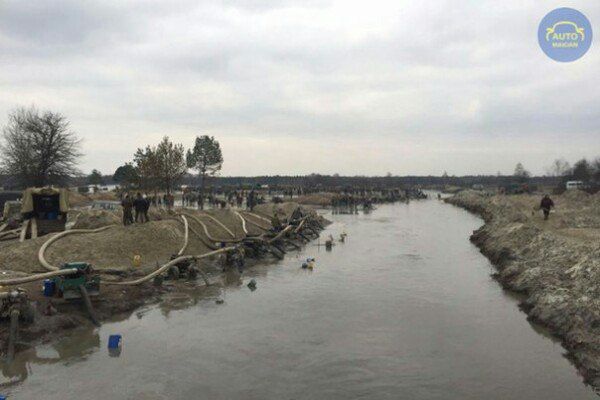
According to a candidate of medical sciences fro Rivne Volodymyr Antonyuk-Kisel, the repercussions of "amber fever" for the environment are obvious - it's the emergence of sandy deserts, destruction of the root system and the fertile layer of soil.
In addition to these problems, there are more serious ones. This is the increased radiation level in areas where miners dig to the surface the radioactive substances that have settled on the soil 30 years ago, after the Chornobyl nuclear disaster. According to the expert, over the past three decades, radionuclides cesium and strontium, which had settled on the surface, have been gradually submerging about 10-15 meters below the root system of the trees in the forests of Polissia area in northern Ukraine. This applies to the districts of Rivne region which are the “richest” by mining of expensive stone. At the same time, these districts are most affected by a man-made disaster of 1986.
Yulia Korniychuk, Tatiana Stezhar

